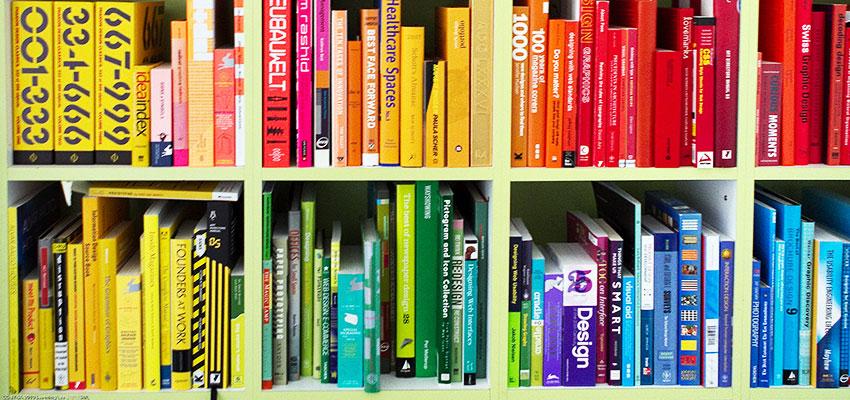The Madison Reading Project plans to expand their Big Red Reading Bus program with the addition of a second vehicle that is accessible for all students, Madison Reading Project Executive Director and Founder Rowan Childs said.
The Big Red Reading Bus program makes hundreds of stops per year to offer kids a ‘free book fair’ experience to shop around the bus for books that are catered to their age range and language, at no cost to them. This mission of the project is to get kids excited about reading by making the process as fun as possible, according to Childs.
“It’s sort of a magical experience of being able to shop for brand new books and self-select those and then be able to keep those and bring them home to grow your home libraries…we’re really able to make sure the bus is stocked with exactly what we know kids love and then drive it right to them,” Childs said.
The new bus will be a bigger, all-accessible A.D.A-compliant vehicle to expand the project’s reach to students of all abilities, featuring a large glass door, lowered steps, handrails and broader aisles, according to The Madison Reading Project’s website.
The second bus will be introduced to the program to meet the rising demand for the experience. Big Red Reading Bus 2.0 will have the capacity to carry at least 6,000 books, which is double the amount of books the first bus holds. It will also be equipped to handle the Wisconsin weather with a comprehensive climate-control system and an awning attached outside of the bus, which will allow the bus to operate year-round, Childs said.
The vehicle will also be equipped with a wheelchair lift, Childs said.
The Reading Project decided to focus on accessibility in their new bus design to open opportunities that they previously would have not been able to service. The addition of the Big Red Reading Bus 2.0 will allow all children who are disabled, as well as caregivers, educators and grandparents accompanying children to access the bus.
“Our organization and our staff and our board have always really focused on making sure that everyone is welcome and that everyone is represented in the books that we’re providing. We did see some limit to our current bus and our prerogative has always been ‘what can we do for everybody?’,” Childs said.
Initiatives like these are important to make a statement to people with disabilities that their community is seen and included, First year PhD special education student researching disability identity development at UW Miso Kwak said.
“I think that there is a lack of disability representation that sends the message of belonging and positive identity development for young students,” Kwak said. “Sending a bus where students can go in and select and read books…having a design and facility that is accessible to all is really important because literacy is important for everyone.”
Kwak noted that increasing disability representation in children’s books is also bridging gaps between students who are disabled and students who are not. Positive representation of disability in books that normalizes disability and includes a range of characters with disabilities in a wide realm of roles is a way to make school experience more welcoming to students with disabilities, Kwak said.
The addition of an accessible reading bus will also impact the school experience of both disabled and non-disabled children in the community, Kwak said.
“When non-disabled students, whether that is explicitly communicated to them or not, experience their disabled peers having more accessible and inclusive experience, it’s going to send a message to the non-disabled students that my disabled friends also can and should experience this,” Kwak said.
The current reading bus services local organizations, libraries, schools and events, providing free books to kids aged 18 and under primarily from March through October, according to the Madison Reading project’s website.
In 2022, The Big Red Reading Bus program gave out 13,365 books and traveled 6,295 miles, according to the Madison Reading Project’s impact report. The reading bus also reached a total of 75 thousand children in 2022, according to The Madison Reading Project’s website.
The Big Red Reading Bus 2.0 is expected to be introduced to the program in 2024. Meanwhile, Madison Reading Project will continue to use the original bus to service smaller events at more centrally-located sights and to make deliveries, while the larger second bus will be used for bus events, at public locations and programing sites, according to the The Madison Reading Project’s website.
The Madison Reading project is looking for UW students and community members to get involved through numerous volunteer opportunities and internships.
“The past couple of years we’ve had interns from UW in our programming, marketing and development departments,” Childs said. “We’re always looking for people to help out. We also have several UW students who work with us all year round and through the summer.”


